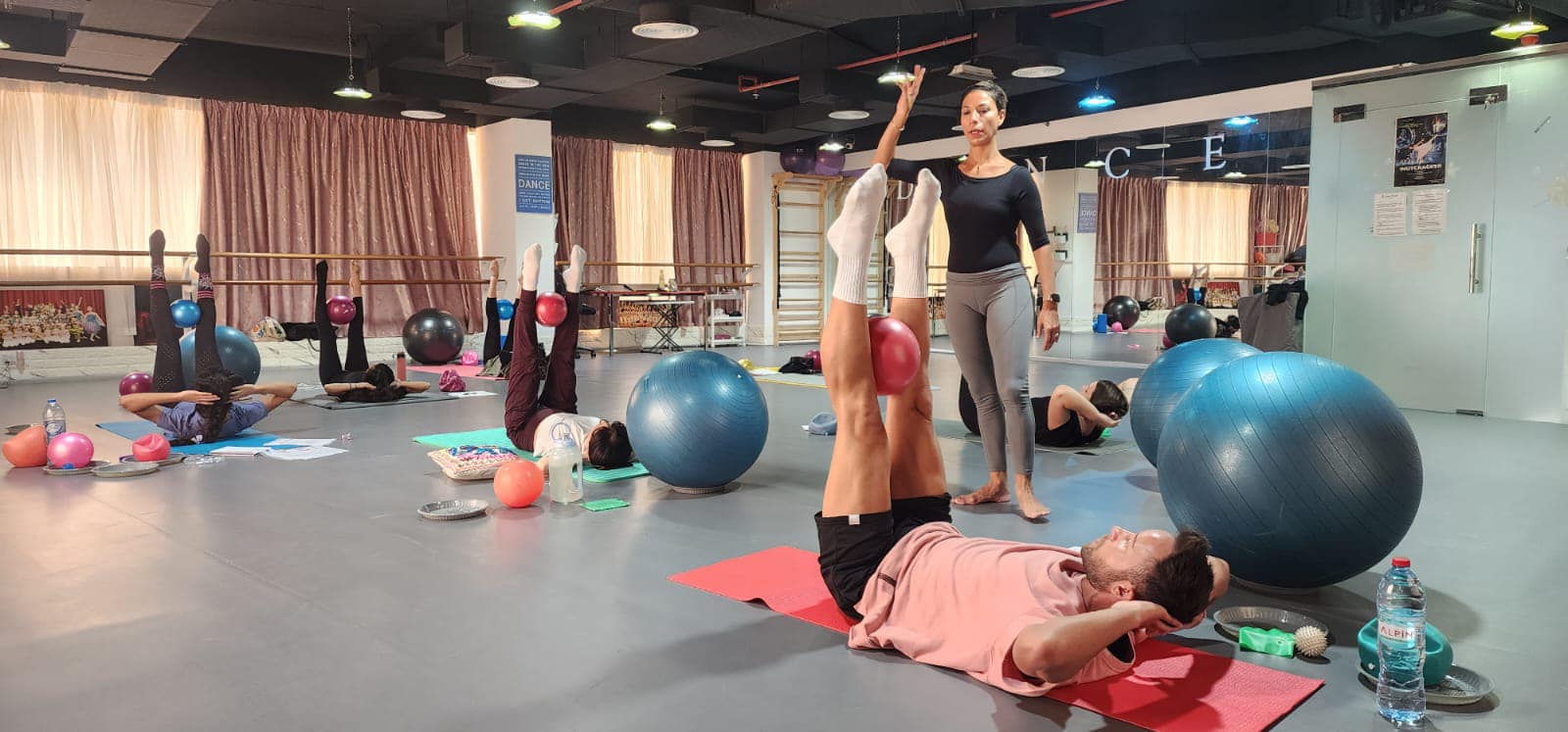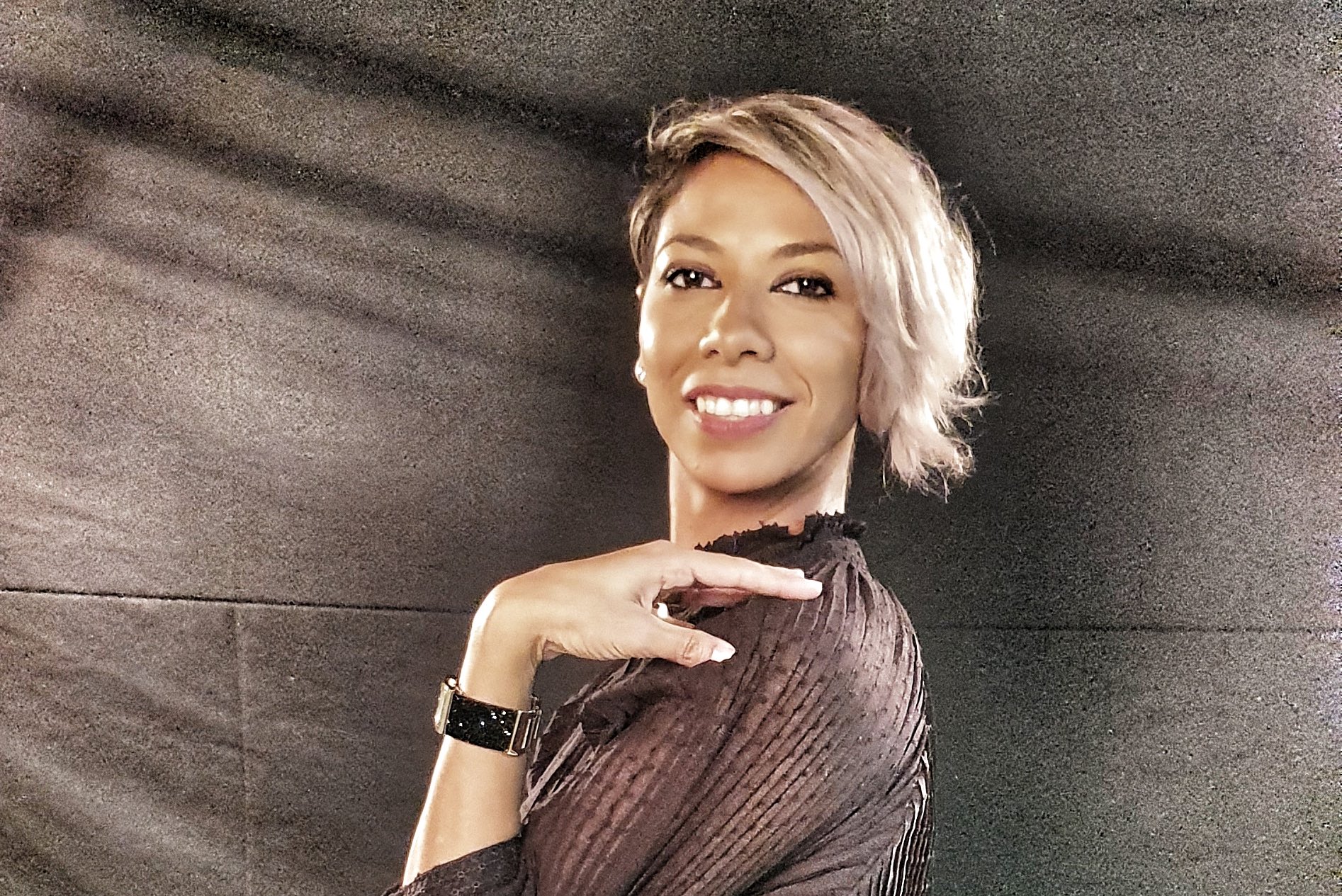An experimental study using the PBT Program
In the pivotal research article, "Focusing on the Technique and Development of the Ballet Teachers, and Influence that into their Students through Application: An experimental study using the PBT Program," Heba Mostafa explores the transformative impact of the Progressing Ballet Technique (PBT) on both dance teachers and their students. This study delves into the integration of PBT exercises within traditional ballet training, highlighting how early incorporation of these techniques significantly enhances the development of correct movement patterns and muscle activation in students.
Mostafa's research underscores the critical role of PBT in modern dance education, advocating for its adoption as either a complementary tool within standard ballet lessons or as a distinct component in a holistic teaching strategy. The findings from this study reveal that ballet teachers who incorporate PBT into their curriculum not only see marked improvements in their students' technical abilities—including strength, flexibility, and technique—but also in their overall engagement and motivation. These enhancements are vividly demonstrated through students' performances in exams, competitions, and onstage, providing tangible evidence of progress.
The study's results also spotlight the professional development benefits for teachers who attend PBT workshops, equipping them with innovative tools and knowledge to better support their students' growth and adapt to the evolving demands of the dance community. As Mostafa illustrates through her own experiences, the application of PBT exercises fosters a deeper understanding of student needs, tailored to their specific physical requirements, and cultivates a nurturing environment that values personal growth alongside technical skill.
Please read on for a comprehensive exploration of how the PBT program can significantly influence the pedagogical approaches of ballet teachers and yield profound benefits for their students, ultimately enriching the broader dance community.

Focusing on the Technique and Development of the Ballet Teachers, and Influence that into their Students through Application: An experimental study using the PBT Program.
Study by: Heba Mostafa
Download and read the full research
Abstract
The purpose of this study is to examine how Work on the techniques and development for dance teacher, and the influence of students, through combining and applying Progress Ballet Technique (PBT) exercises with ballet lessons, as early training is essential for the student to feel and develop the correct movement patterns by activating the correct muscles, observing development and skills, with the possibility of increasing awareness among ballet teachers and the importance of combining (PBT) exercises to ensure that, dancers have strong background build capable of competing with today’s dance community, through study, we can guide others dance teachers in the right way they choose to instruct dance -whether its combining those exercises with the ballet lessons or as an integrative method through separate classes, Utilizing dance as part of more holistic approach to teaching which it creates an increased motivation for students such as showing their progressing, through exams, competitions or on stage, as I applied through this study. As awareness and use of the findings that teachers can be successful in supporting students and progress their skills and knowledge as a teacher.
Thesis results
- The findings of this PBT program study confirmed that dance teachers’ methods and practices were influenced by professional development through attending his workshop. And I can provide that as the data showed that through my attending the workshops.
- Following up on this study with my students to carry out that exercises in their practice by setting a special class for it if the schedule allow me, or by allocating time within the ballet class itself as a building tool, in addition to my modification in how to see these exercises' physical response in the classroom, by practising these exercises in the classroom and its effect on the progress of such as the strength and flexibility, as you can assess the level of your students and focus on their body physical needs according to their ages.
- Also, students have become able to emphasis on the engagement of specific muscles groups. In addition, to there technique generally improved after those students had utilized the PBT exercises.
- Overall, I can say that the PBT workshop provided professional development for dance teachers who reported they appreciated the opportunity for personal growth along with tool acquisition to enhance their dance students’ technique, and I am one of them.
- Through these performances in a way to study application, my students extend the joy of dance community, and increase their skills, dedication and confidence in dance, and the goal behind this to allow my students to have performance experience in a non-competitive environment while sharing a dance. I believe that teaching art makes a lasting contribution to young dancers; it is important for them to acquire both knowledge and skills as we move towards a new generation of thinking dancers.
Summary
After I applied PBT study, on my students, and comparing the skills of differences before and after the applied of the study in the class and following with the quality of the performance on the stage, PBT exercises which, been practice during the rehearsals showed off the performance focused on the elements quality of the movements, and the most important part of this study is the teaching experience which provides the teacher with of evaluation of the students level through a new method and to give them a chance to progress more in the next time, and the opportunity for those young dancers to extend their experience, and encouraging other students to consider the technique elements of dance. Dance performance offers amazing benefits for young dancers wellbeing - physical, emotional, extending into the experience and enjoyable, simplest easiest ways to feel happy, especially if dancing on stage is part of the big performance, is highly motivational. It brings young dancers together with professional dancers to share experiences and builds friendships, bonds.

Sign up to our newsletter
Receive tips, news, and advice.